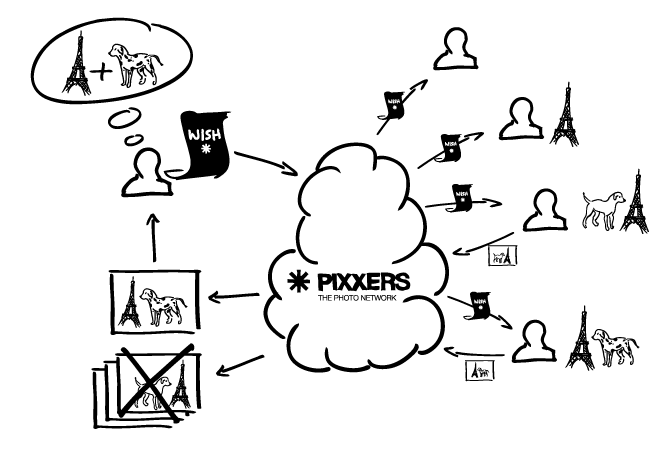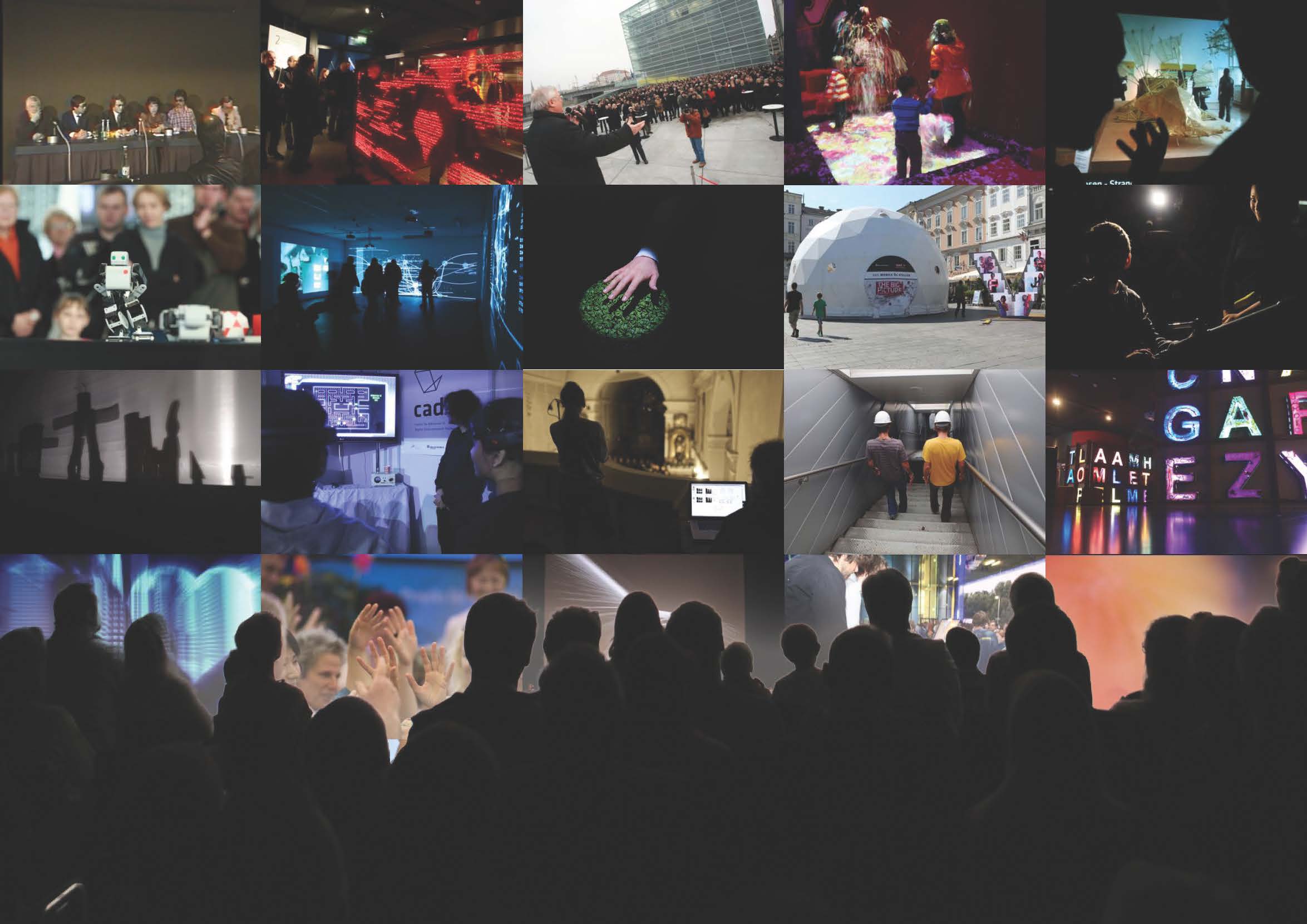The 2013 Ars Electronica Festival isn’t focusing only on memory and how we deal with it. A big part of this thematic complex has to do with new forms and formats of remembering things—how we can store them to memory and document them. Two possibilities will be implemented in everyday life at the festival, and they’re what this blog entry is all about.
Pixxers – The Photo Network

Pixxer is a new app and photo platform that aims to make interaction between photographers and people looking for photographs more convenient. This isn’t a collection of stock photos. Users submit requests for particular motifs, and photographers—depending on their location, preferred genres and registered specialties—are informed of the query and can provide the corresponding photo for the particular fee (if any) they negotiate. Say, for instance, someone requests a picture of a dog in front of the Eiffel Tower. All photographers in Paris and vicinity get informed and can get busy.
Another practical option offered by Pixxer is the possibility of issuing challenges—specific assignments that can be carried out by as many smartphone users as possible. For example, one challenge could be to photograph all quadcopters seen during “TOTAL RECALL – The Evolution of Memory.” The result would be a dynamic photo album that doesn’t just represent the perspective of a single person but rather of many people. An objective—and simultaneously very personal—view of the festival. After all, everyone perceives Ars Electronica and what happens there differently.
Bee Swarm – Many See More


Another project that utilizes a somewhat similar approach is the Ars Electronica Futurelab’s brainchild that’s buzzing around under the name Bienenschwarm. The idea is that dozens of people equipped with Actioncams busily swarm about like bees and produce lots of different videos about TOTAL RECALL from many and varied points of view. The videos are then collected and displayed on an online platform, where users can upload their own material captured via cell, camera or whatever, and then edit (and repeatedly re-edit) footage of multifarious provenance into new narrative sequences. In this way, the video documentation process is torn loose from the perspective of a single director—after all, it stands to reason that a documentary produced by one person, always and above all, reflects his/her personality. Which is all well and good, of course, but it isn’t always an account of the whole story.
At the same time, the Bienenschwarm will also be a video installation on Linz’s Main Square, where screens installed in a honeycomb-like arrangement make it easy for visitors to dart about wide-ranging video worlds and discover new facets and aspects of the festival they might have missed while foraging about on their own.
Needless to say, the more people participate in both projects, the better they’ll be. So this blog entry is to be read as a cordial invitation to bring along your camera and other similar devices when you come to Linz for the Festival ;-)